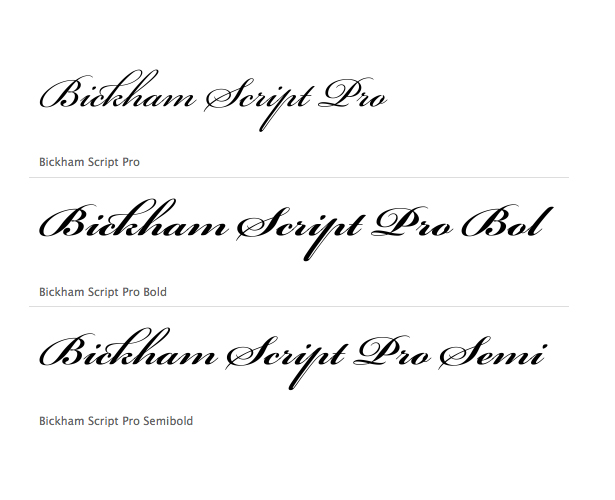

:max_bytes(150000):strip_icc()/dafont-591b2c683df78cf5fa19c433.jpeg)
The point size of a font tells you the size of the “em square” in which your computer displays each letter of the typeface. A point is 1/ 72 of an inch, roughly one pixel on a computer screen.

The standard unit for measuring type size is the point. Since they’re more readable for long passages and have sharper contrast in their italics, you should always use a serif font for the text of an academic paper. Most serifs, on the other hand, do have a true italic style, with distinctive letter forms and more compact spacing. Their “italics” are really just “obliques,” where the letters slant slightly to the right but keep the same shape and spacing. Moreover, most sans serifs don’t have a true italic style. Sans serifs (Arial, Calibri, Helvetica, Gill Sans, Verdana, and so on) work well for single lines of text, like headings or titles, but they rarely make a good choice for body text. ( Sans is French for “without.”) Serif fonts also vary the thickness of the letter strokes more than sans serifs, which have more uniform lines.īooks, newspapers, and magazines typically set their main text in a serif font because they make paragraphs and long stretches of text easier to read. Serif fonts have these extra strokes sans serif fonts do not. Serifs are the tiny strokes at the end of a letter’s main strokes. So which fonts are “easily readable” and have “clearly” contrasting italics? And what exactly is a “standard” size?įor academic papers, an “easily readable typeface” means a serif font, and a “standard” type size is between 10 and 12 point. Times New Roman) in which the regular style contrasts clearly with the italic, and set it to a standard size (e.g. (See: Document Format.) But their advice on font selection is less precise: “Always choose an easily readable typeface (e.g. The Modern Language Association (MLA) provides explicit, specific recommendations for the margins and spacing of academic papers.


 0 kommentar(er)
0 kommentar(er)
